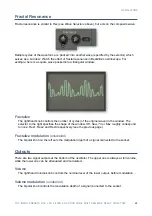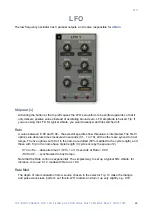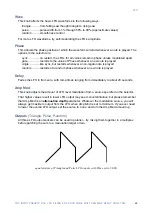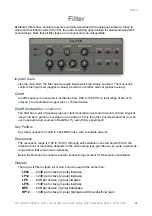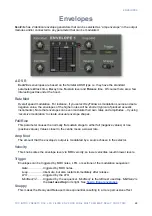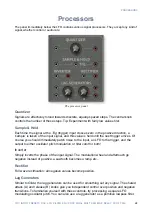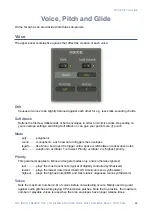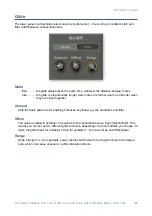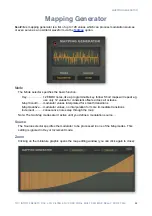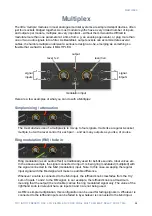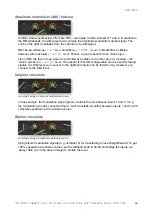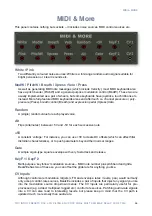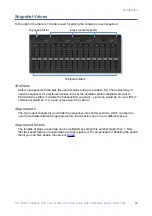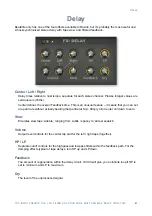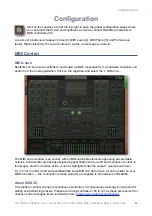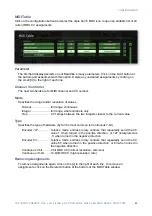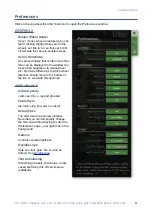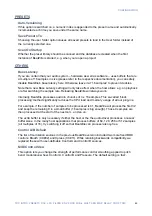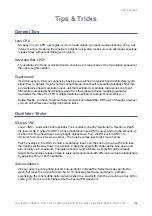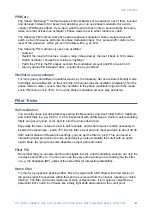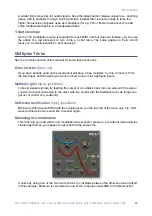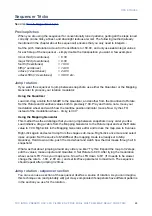
MIDI & MORE
MIDI & More
This panel contains nothing but sockets – it includes noise sources, MIDI control sources etc..
White / Pink
Two differently coloured noise sources:
White
is a full-range random audio signal suitable for
bright percussion or ‘steam’ sounds etc..
ModW / PitchW / Breath / Xpress / Velo / Press
As well as generating MIDI note messages (which include
Velocity
), most MIDI keyboards also
have a
pitch bender
(PitchW) and a general-purpose
modulation
control (ModW). These two are
usually implemented as a pair of wheels, but some keyboards have joysticks, touch ribbons etc.
instead. More fully-featured MIDI keyboards also send aftertouch i.e.
channel pressure or poly-
pressure
(Press),
breath control
(Breath) and
expression pedal
(Xpress) data.
Random
A (single) random value for each played voice.
Alt
Flips (‘alternates’) b5V and -5V for each successive note.
+5V
A constant ‘voltage’. For instance, you can use
+5V
to create DC offsets (which can affect filter
distortion characteristics), or to push parameters beyond their normal ranges.
Gate
A simple organ-type square envelope with very fast attack and release.
KeyF 1 / KeyF 2
Multi-purpose ‘key follow’ modulation sources – MIDI note number plus pitchbend and glide.
BeatZille has two of these so you can offset the glide rate for anything you like.
CV Inputs
Although control-rate modulation targets (LFO and envelope rates / levels, pan) would normally
only accept control-rate sources, Beatzille includes a pair of inputs that inject any signal you like
into the modulation source drop-down menus. The CV inputs are particularly useful for pre-
processed (e.g. added, multiplied, lagged etc.) control rate sources. Patching audio-rate signals
into a CV can also lead to interesting results, but please keep in mind that the CV path is
updated much more slowly than audio-rate.
36

